A 10 slide editable PowerPoint to use in the classroom when learning about verbs.
Use this teaching resource when learning about verbs and vocabulary in your classroom.
Strong verbs provide more description than weak verbs. Strong verbs:
- put a detailed picture in the reader’s mind
- are concise and keep the reader’s attention
- convey the level of meaning to a reader
- connect the subject and the action in the sentence.
This PowerPoint presentation may be used in conjunction with the following resource:
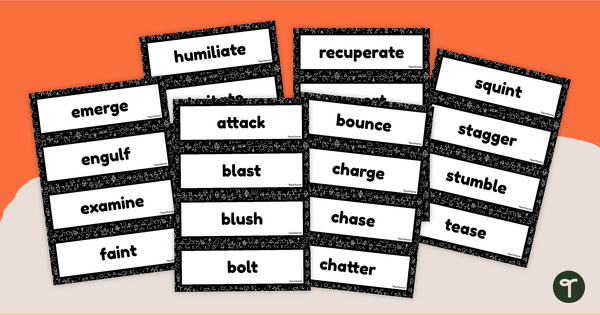
teaching resource
Strong Verbs Word Wall
Print a set of strong verbs word wall cards to help your students boost their writing skills!
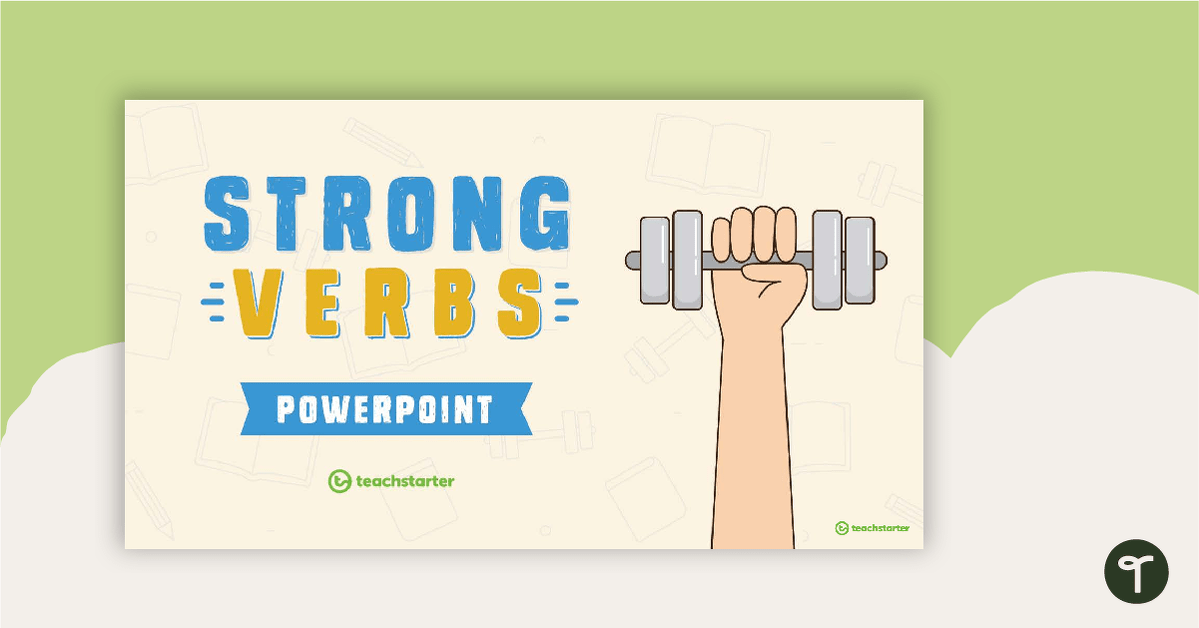
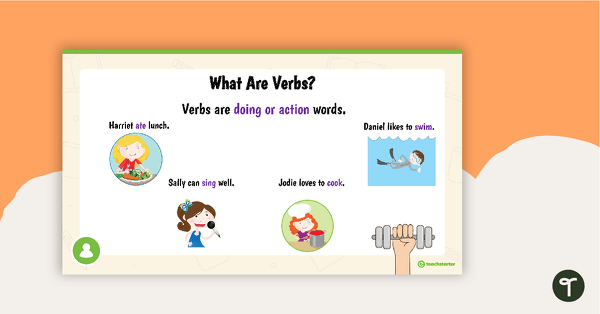
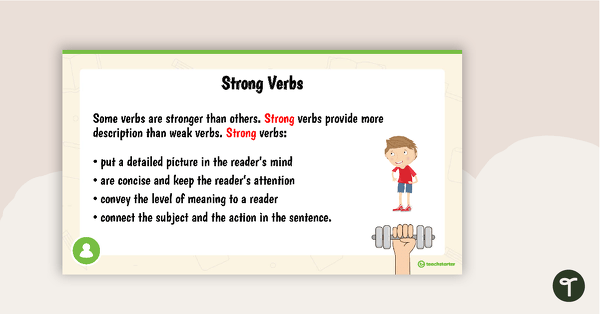
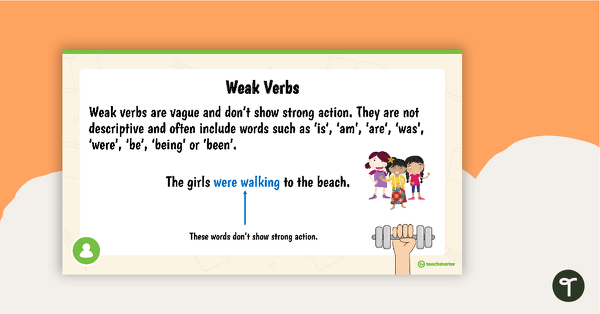
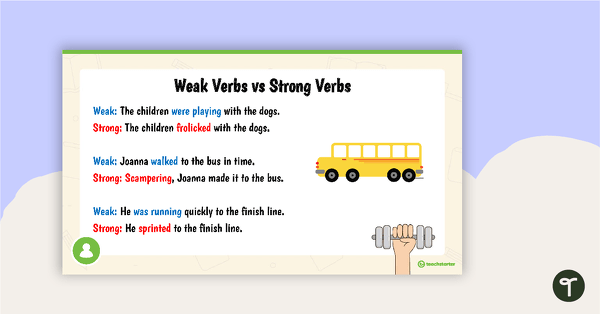


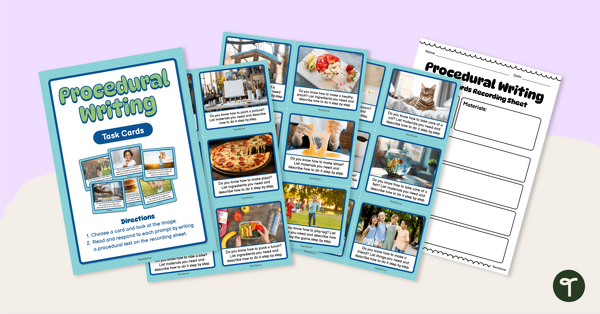
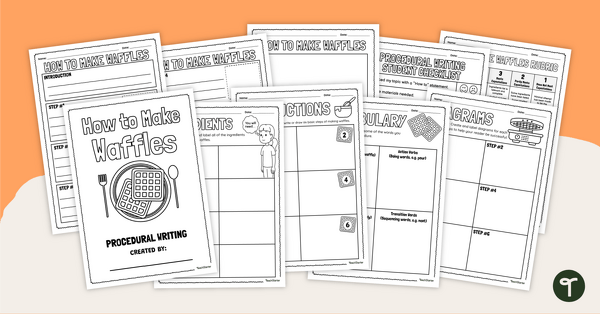
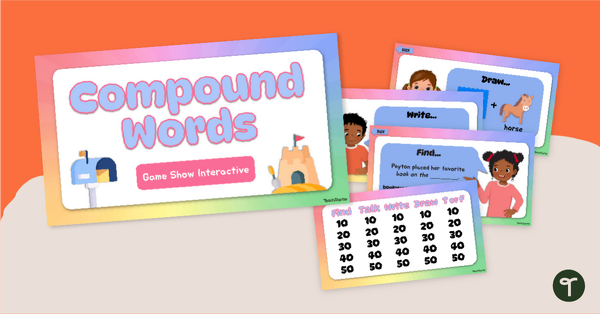
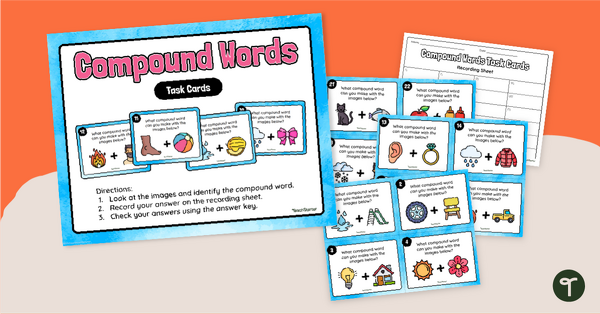
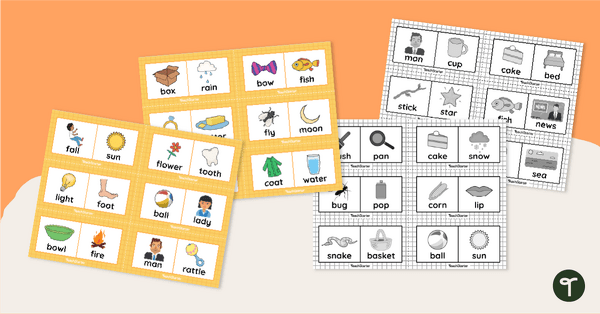
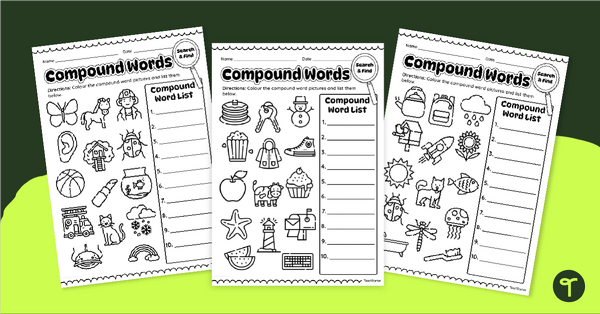
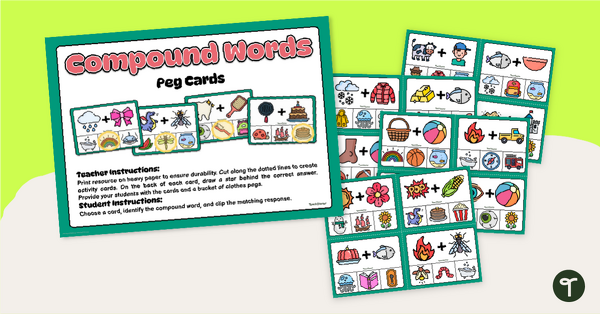
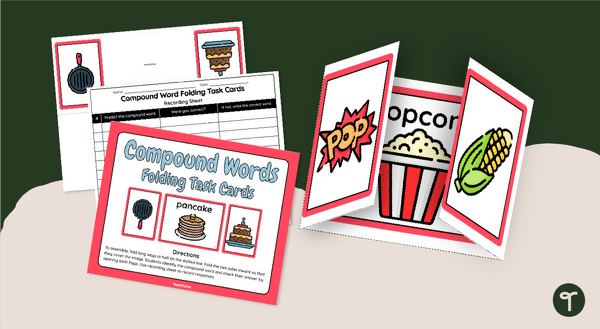
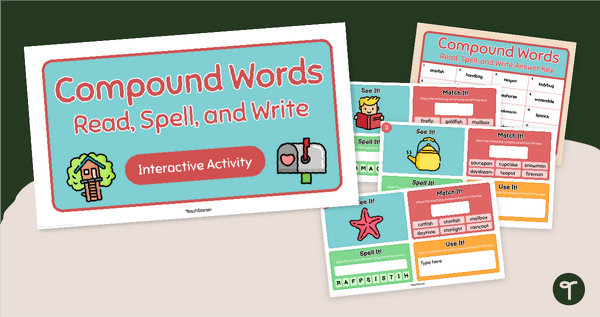
0 Comments
Write a review to help other teachers and parents like yourself. If you'd like to request a change to this resource, or report an error, select the corresponding tab above.